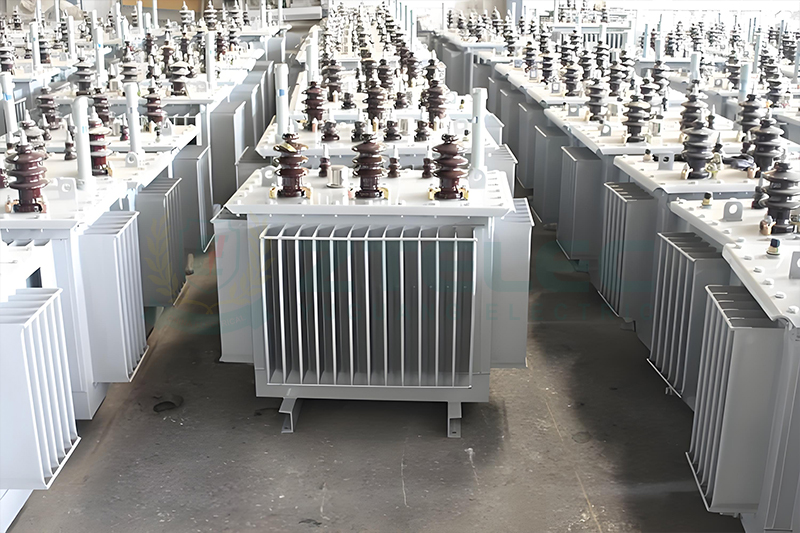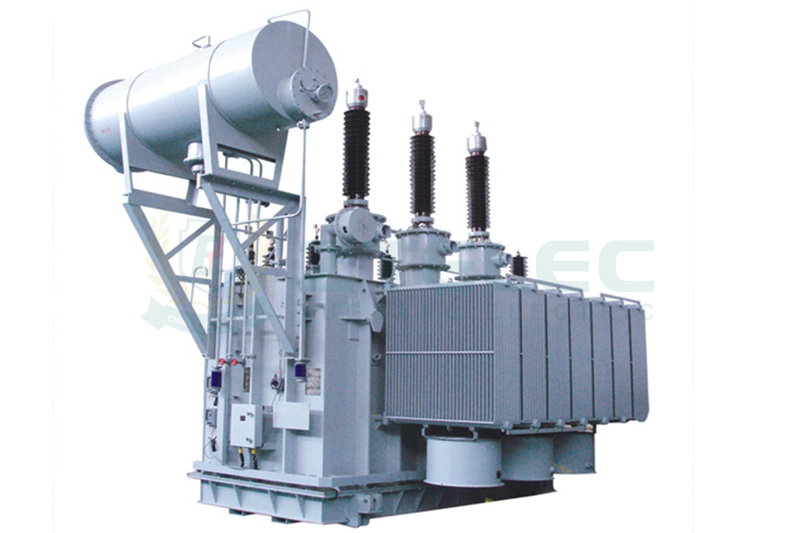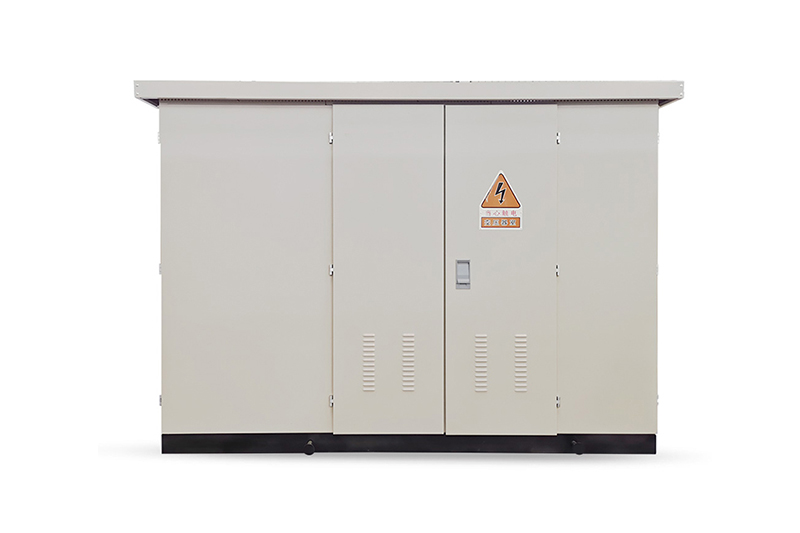10kV Oil-Immersed Transformers: Working Principle and Practical Applications Explained
Time:2025-10-22 Auther:ZTelec-www.ztelectransformer.com
The 10kV oil-immersed transformer plays a vital role in modern power distribution networks. Its main function is to convert high-voltage electricity into low-voltage power suitable for industrial production, commercial operation, and residential consumption. This article provides a comprehensive explanation of the transformer’s structure, operating principle, typical application scenarios, and key maintenance practices to ensure reliable and efficient performance.

Basic Structure of a 10kV Oil-Immersed Transformer
The stable and efficient operation of a 10kV oil-immersed transformer relies on the coordinated function of several essential components, including the iron core, windings, oil tank, insulating oil, and cooling system.
Iron Core: Constructed from laminated silicon steel sheets, the core forms a magnetic circuit that minimizes eddy current losses and improves magnetic energy efficiency.
Windings: Divided into high-voltage and low-voltage coils, usually made from copper or aluminum with high conductivity, these windings are responsible for the electrical energy conversion process.
Oil Tank: The tank serves as a protective enclosure filled with insulating oil, ensuring insulation, protecting internal parts, and dissipating heat generated during operation.
Insulating Oil: Typically mineral oil, it provides high dielectric strength and excellent heat dissipation, insulating live components and transferring heat to the outer tank surface for cooling.
Cooling System: Utilizes natural or forced oil circulation to dissipate heat via the radiator or tank walls, maintaining temperature stability and extending service life.
Working Principle of a 10kV Oil-Immersed Transformer
The operating mechanism of a 10kV oil-immersed transformer follows the law of electromagnetic induction. When alternating current (AC) passes through the high-voltage winding, it generates an alternating magnetic field in the iron core. This magnetic field induces a voltage in the low-voltage winding according to the ratio of coil turns, thus achieving voltage conversion.
For instance, in a typical power distribution application, the transformer can reduce 10kV high voltage to 400V low voltage, supplying electricity to residential and industrial users. The insulating oil ensures electrical isolation between windings and components while effectively absorbing and dissipating heat to maintain safe operating temperatures.

Practical Applications of 10kV Oil-Immersed Transformers
Thanks to their high reliability, strong load capacity, and environmental adaptability, 10kV oil-immersed transformers are widely used across different industries and power networks.
1. Urban Power Distribution Networks
In urban areas, where grid voltage typically reaches 110kV or higher, 10kV oil-immersed transformers are key to voltage reduction. They are commonly installed in substations, street-level distribution units, or pole-mounted systems to step down voltage from 10kV to 400V/230V, providing power to communities, commercial complexes, and office buildings.
2. Industrial Power Supply
Industrial operations—especially in heavy manufacturing, metallurgy, and chemical industries—require highly stable and durable power equipment. The 10kV oil-immersed transformer is heat-resistant and corrosion-resistant, suitable for powering heavy-duty and impact-load equipment such as electric arc furnaces, compressors, and mining machinery. It ensures continuous and reliable operation in harsh industrial environments.
3. New Energy Applications
In renewable energy sectors such as wind and solar power, 10kV oil-immersed transformers function as step-up transformers. Since wind turbines and photovoltaic systems typically output 0.69kV–0.8kV, the transformer raises this voltage to 10kV for efficient grid connection, reducing transmission losses and ensuring smooth integration into the local grid.
4. Rural Power Grid Transformation
For rural power infrastructure upgrades, the 10kV oil-immersed transformer is a preferred solution due to its cost-effectiveness, simple structure, and easy maintenance. It is widely installed in small substations and pole-mounted transformer stations, improving grid stability and meeting the scattered power demands of rural communities.
Installation and Maintenance of 10kV Oil-Immersed Transformers
1. Installation Requirements
The installation site should be well-ventilated and away from flammable materials. The foundation must be stable and level to prevent vibration. After installation, check all connections, verify oil levels, and ensure there are no leaks or loose fittings before energizing the transformer.
2. Operation and Monitoring
During operation, regularly monitor oil temperature and ensure it does not exceed 85°C. Any abnormal temperature rise may indicate overload or insulation degradation. Operators should also observe for unusual noise or vibration and immediately shut down for inspection if anomalies occur. Frequent checks for oil leakage and insulation resistance help ensure long-term safety and reliability.
The 10kV oil-immersed transformer is a cornerstone of modern power systems. With its robust design, efficient electromagnetic performance, and broad applicability, it ensures safe, stable, and reliable power transmission for cities, industries, renewable energy systems, and rural electrification projects.




